Naju Gomtang Noanjip (나주곰탕노안집)
15.5Km 2024-02-19
1-3 Geumseonggwan-gil, Naju-si, Jeollanam-do
061-333-2053
Naju Gomtang Noanjip started as a rice soup restaurant in 1963 and has become famous nationwide for its Naju gomtang (Naju beef bone soup) specialty. The gomtang at the restaurant is boiled for several hours, resulting in a rich and flavorful broth combined with tender beef. As a local favorite, it is located in Naju Beef Bone Soup Street, making it easily accessible.
Sane Flower ((주)산에는 꽃이피네)
15.5Km 2024-08-05
20-1 , Dongnyeok-gil, Naju-si, Jeollanam-do
+82-10-4612-4232
Mountain Flowers Bloom in Dorae Hanok Village, Naju-si, Jeollanam-do, is a 100 year-old house built in the traditional way using local timber and no nails. Guestrooms are well insulated and equipped with bathroom and kitchen. Interiors are lined with Korean paper and are old-time and cozy. There’s a wooden veranda from which visitors can see the fine old maple tree in the yard. Among other local attractions, Naju’s Redwood Road is nearby, offering guests a peaceful walk in the woods; some weekends, the owner offers neighbourhood guided tours.
Hyanggyo-gil 20 Café (향교길20카페)
15.6Km 2024-02-19
22-1 Hyanggyo-gil, Naju-si, Jeollanam-do
Hyanggyo-gil 20 Café is a hanok café located along the Hyanggyo-gil street in Naju. Visitors can enjoy beverages in a space that preserves the beauty of tradition through the renovation of hanok architecture. One of its signature items is the Naju bae ssalppang (Naju pear-shaped rice bread), a gluten-free dessert made by filling a rice dough, incorporating Naju pears, with cream. It pairs wonderfully with traditional Korean beverages such as hongsam ssanghwacha (red ginseng medicinal herb tea) and daechucha (jujube tea).
Doraemi House (도래미)
15.6Km 2024-08-05
18-26 , Dongnyeok-gil, Naju-si, Jeollanam-do
+82-61-336-3646, +82-10-6604-6621
Doraemi House in Dorae Village, Naju, Jeollanam-do, is a hanok stay with a bonchae (‘main house’), a sarangchae (men’s house) and a byeolchae (‘reception room’). The bonchae has two bedrooms with a hidden attic space. The sarangchae has a living room with bedrooms on either side; while the byeolchae, atop a low hilll, has a single cozy room. A walk along a forest road takes you to a pavilion by a pond. Next to the bonchae is a quiet and tranquil reading room.
3917Majung (3917마중)
15.7Km 2024-12-23
42-16 , Hyanggyo-gil, Naju-si, Jeollanam-do
+82-61-331-3917
3917 Majung is a Japanese- and Western-style hanok commonly seen in the late Korean Empire period, in Naju, Jeollanam-do, which combines a cafe, cultural space and hanok stay. The 3.2 acre site contains four buildings, with a mixture of ondol rooms, tatami rooms, daecheong floors and numaru lofts. Some buildings have bathrooms installed, some share outdoor bathrooms. All four buildings are let as private houses.
Gwangjuho Lake Eco Park (광주호 호수생태원)
16.0Km 2025-08-12
Chunghyo-dong, Buk-gu, Gwangju
+82-62-613-7891
Gwangjuho Lake Eco Park is an ecological park located near the banks of Gwangjuho Lake, featuring a Nature Observation Center, Nature Learning Center, Lawn Area, and Waterside Wetland. The park is home to around 170,000 wildflowers and over 3,000 trees, offering opportunities to observe various flora and fauna up close. Visitors can witness diverse birds thriving in the wetlands.
Hwaseong Sigyuksikdang (화성식육식당)
16.2Km 2021-03-20
162, Chilchung-ro, Hwasun-gun, Jeollanam-do
+82-61-374-2806
A restaurant where you can eat fresh raw meat. This restaurant's signature menu is grilled beef. This Korean dishes restaurant is located in Hwasun-gun, Jeollanam-do.
Sigyeongjeong Pavilion (담양 식영정)
16.3Km 2025-01-08
Jigok-ri, Damyang-gun, Jeollanam-do
+82-61-380-2811
Designated as the top monument of Jeollanam-do, Sigyeongjeong Pavilion means a place where even the shadow of the moon can find a place to rest. As its name suggests, this pavilion is set in a lush and remote forested area. Countless number of scholars and writers have been attracted to this pavilion as a place of profound inspiration. The pavilion gained more fame from the legendary lyrics of Seongsanbyeolgok written by the poet Jeong Cheol. The elegant words of Kim Seongwon, a literary scholar, depict the scenic beauty of Seongsan Mountain as the seasons change.
Of all the pavilions situated at the basin of the Yeongsangang River the Sigyeongjeong Pavilion is said to be blessed with a breathtaking view from the side. The current building was restored in the early 1900s. At the Sigyeongjeong Pavilion there is the Buyongdang, a monument with the lyrics to the Seongsanbyeolgok Poem, and next to it an old library building called Jangseogak built to preserve the wooden blocks of Songgangjib, a book of poetry written by Jeong Cheol.
Hwanbyeokdang Pavilion (환벽당)
16.4Km 2023-01-25
10, Hwanbyeokdang-gil, Buk-gu, Gwangju
+82-62-510-1500
Hwanbyeokdang Pavilion was built by Yeongcheonja Sinjam and was also called Byeokgandang, which is recorded in Go Gyeong-myeong's Yuseoseongnok. The building has a hipped-and-gabled roof with three bays in the front space and two bays in the inside space. It is a modified form in which the two rooms in the middle are used as rooms, and the front and right sides are floors. Originally, it was a traditional pavilion, but it seems to have changed to its current form as it was expanded later. A tablet written by Uam Song Si-yeol hangs here, and the poems of Seokcheon Im Eok-ryeong and Jo Ja-i are on a signboard. There are two poems written by Jeong Cheol about Hwanbyeokdang Pavilion, which are published in Songgangsokjip and Gwangjumokji. Jeong Cheol's 4th-generation descendant Jeong Su-hwan bought it from Kim Yun-je's descendants, and Yeon Il-jeong's family is currently managing it.
Hola Alpaca Café (올라알파카카페)
16.5Km 2024-02-20
477 Anyangsan-ro, Hwasun-eup, Hwasun-gun, Jeollanam-do
Hola Alpaca Café is a bakery café in Hwasun where visitors can see alpacas up close and experience feeding them. Its signature menu item is the Alpaca cube latte, where espresso cubes shaped like alpacas are melted into milk. The café offers a popular spot for enjoying beverages and desserts while overlooking the scenic views of Manyeonsan Mountain.
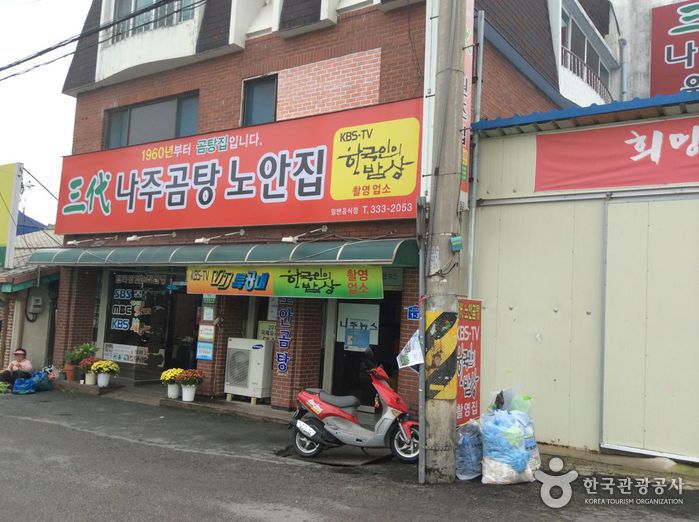
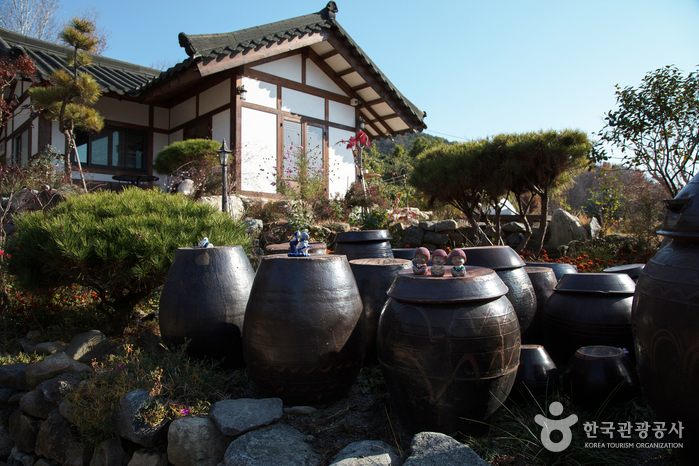
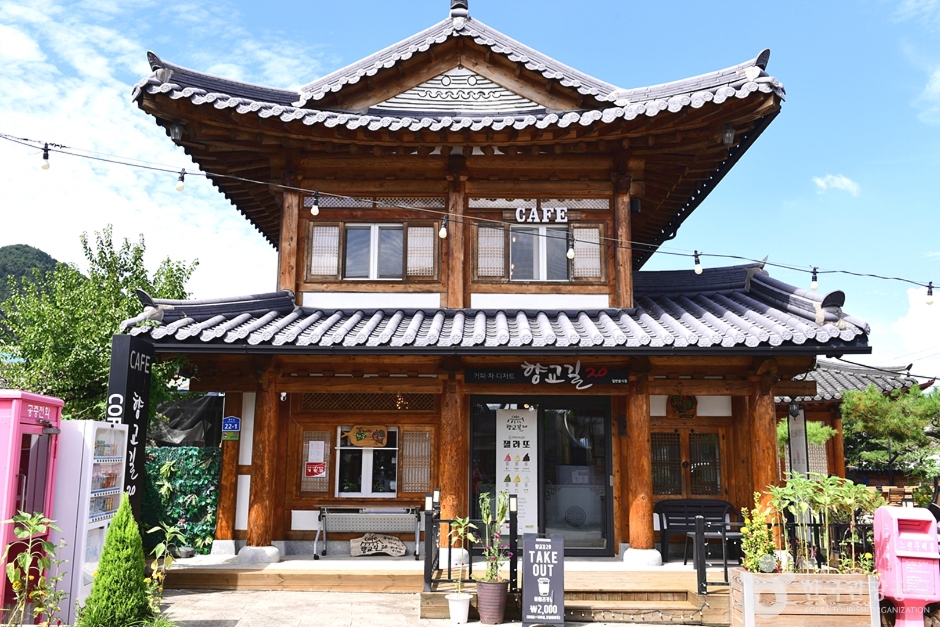
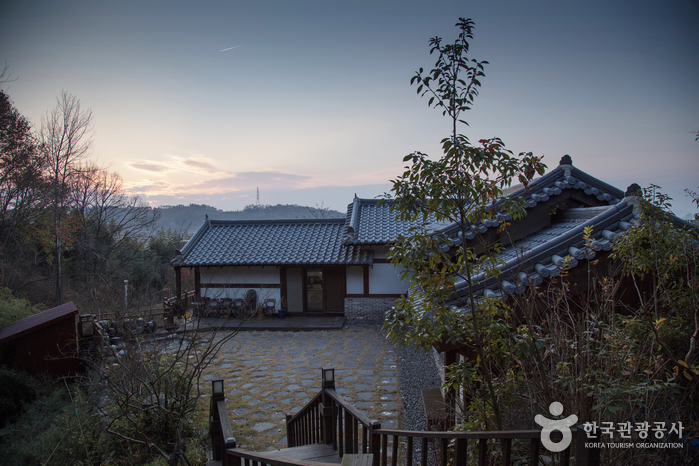
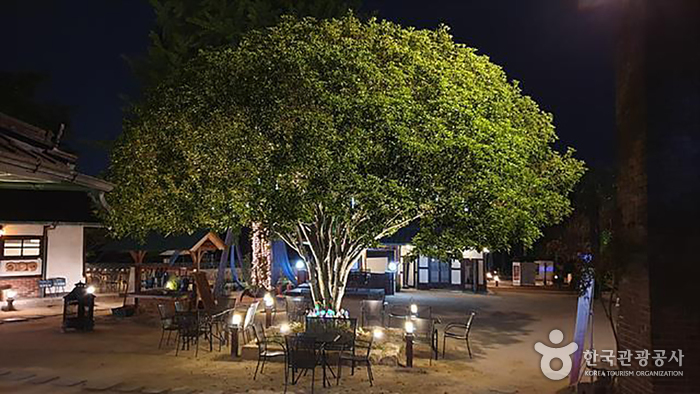
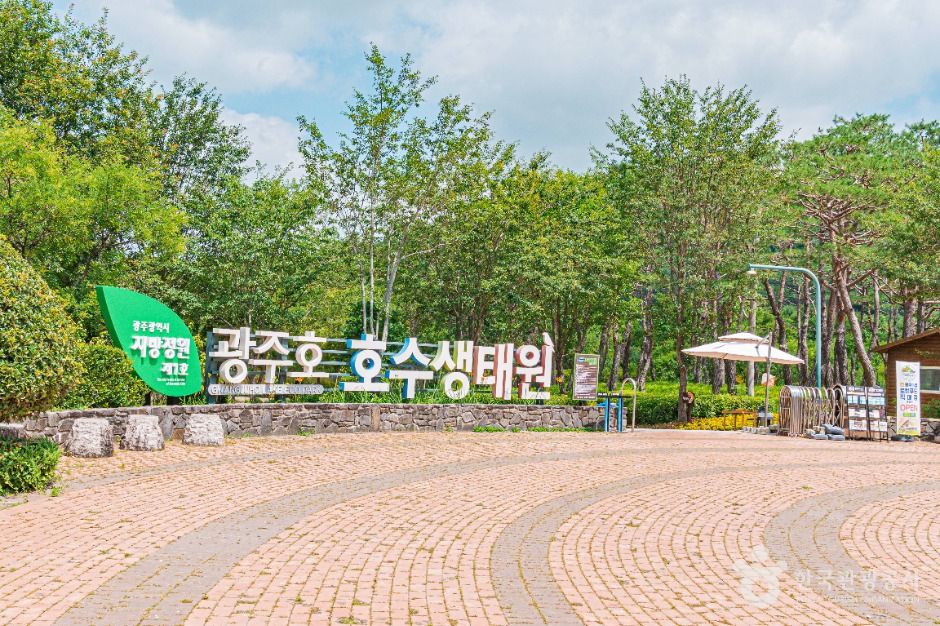
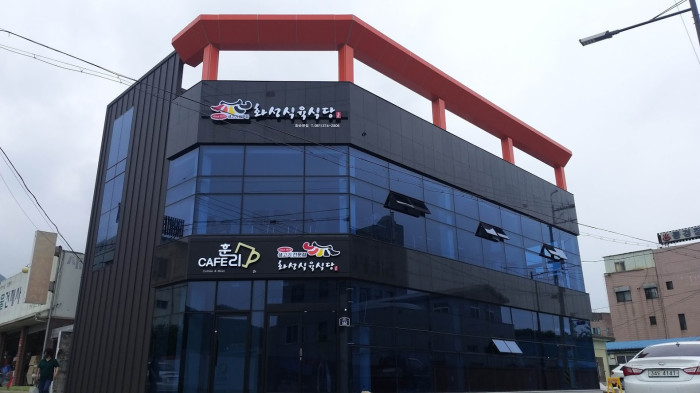
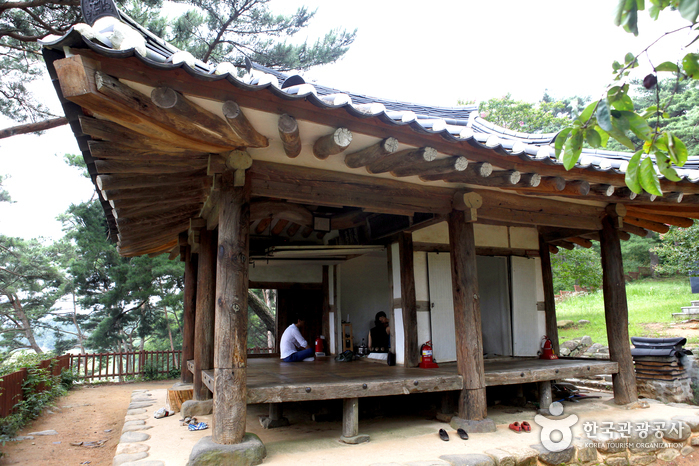

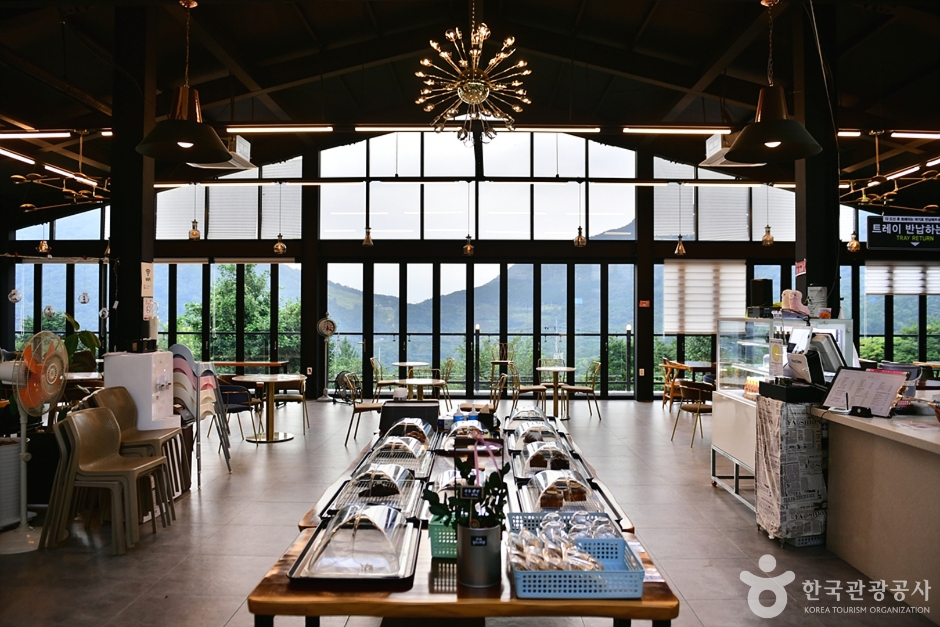
 English
English
 한국어
한국어 日本語
日本語 中文(简体)
中文(简体) Deutsch
Deutsch Français
Français Español
Español Русский
Русский